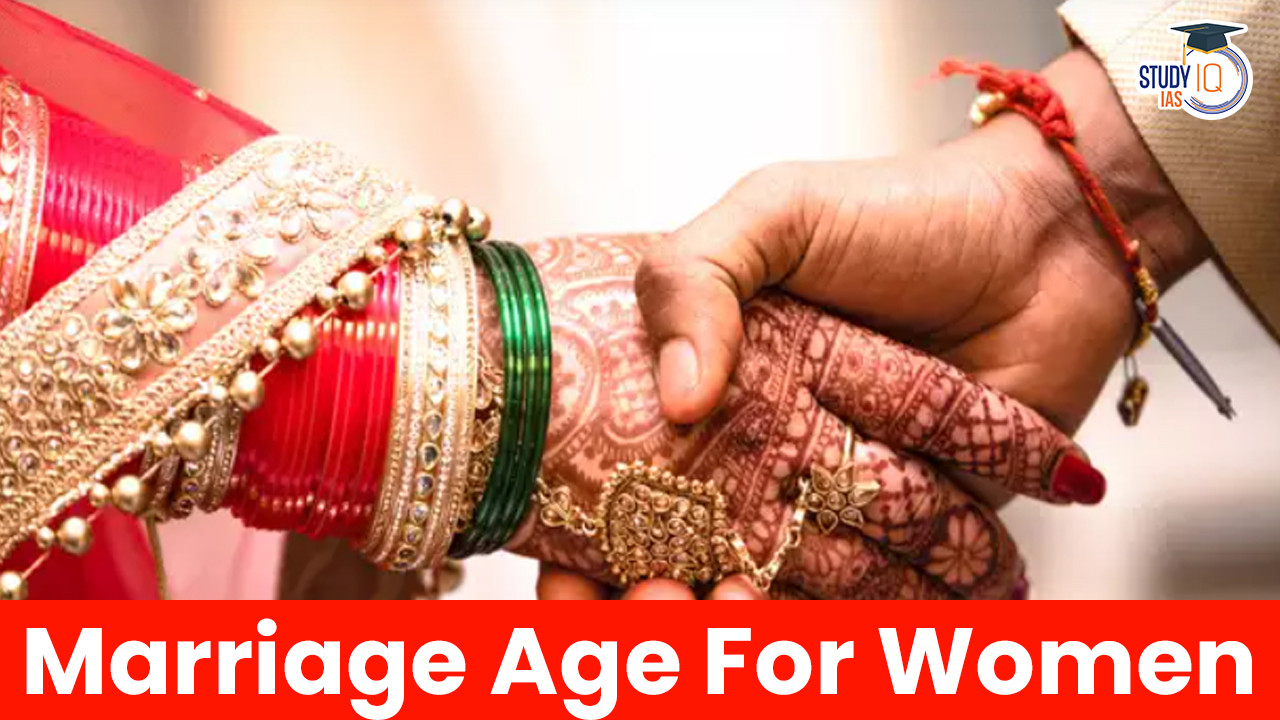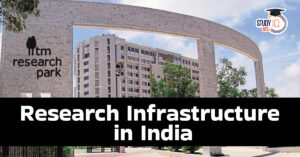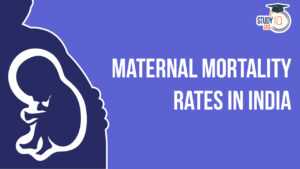Table of Contents
Context
- Recently the Himachal Pradesh Assembly passed a Bill to raise the minimum age of marriage for women from 18 to 21 years.
- The Bill amended the Prohibition of Child Marriage (PCM) Act, which was passed by Parliament in 2006.
Amendments Introduced to the Prohibition of Child Marriage Act (PCM Act)
- Redefinition of “Child”:
- Existing Law: Section 2(a) of the PCM Act defines a “child” as a male under 21 years or a female under 18 years.
- Amendment: The Himachal Bill redefines a “child” as any person, male or female, under 21 years of age, eliminating the gender-based age distinction.
- Modification of “Child Marriage” Definition:
- Existing Law: Section 2(b) defines “child marriage” as a marriage where one of the contracting parties is a child.
- Amendment: The Bill adds a clause giving the new age requirement an overriding effect over any other law, custom, or religious practice, ensuring uniform application across Himachal Pradesh.
- Increased Time Period for Annulment Petitions:
- Existing Law: Under Section 3 of the PCM Act, a child party to a marriage can file a petition to annul the marriage within two years of reaching adulthood (before turning 20 for women, and 23 for men).
- Amendment: The Bill extends this period to five years, allowing both women and men to annul their marriage until they turn 23 years old.
Implementation Process and Legal Implications
- Concurrent List Jurisdiction: The Concurrent List under the 7th Schedule of the Constitution allows both central and state governments to legislate on matters like marriage and divorce.
- However, when a state law conflicts with a central law, the central law typically prevails.
- Article 254(1): If a state law is repugnant to a central law, then the repugnant portion of the state law will be “void”.
- Governor’s Role: After the Bill’s passage, it is sent to the Governor, who can assent to it, return it for reconsideration, or reserve it for the President’s consideration.
- Article 254(2): If the Bill conflicts with an existing central law, it must be reserved for the President’s assent. Only after the President approves can the repugnant state law be valid.
| Article 200 of the Constitution |
|
- Precedent: A similar process occurred with Uttarakhand’s Uniform Civil Code (UCC) Bill, which addressed marriage and divorce under a common legal framework, replacing personal laws.
- The Bill became law only after receiving President Murmu’s assent.
Conclusion
For the Himachal Pradesh Bill to come into force, it must receive the Governor’s and ultimately the President’s assent, due to its conflict with existing central laws. The process exemplifies the complex interplay between state and central legislative powers in India, particularly when addressing socially sensitive issues like the marriage age.


 Research Infrastructure in India for its...
Research Infrastructure in India for its...
 Maternal Mortality Rate in India, State ...
Maternal Mortality Rate in India, State ...
 Reservation in Private Universities, Nee...
Reservation in Private Universities, Nee...





















